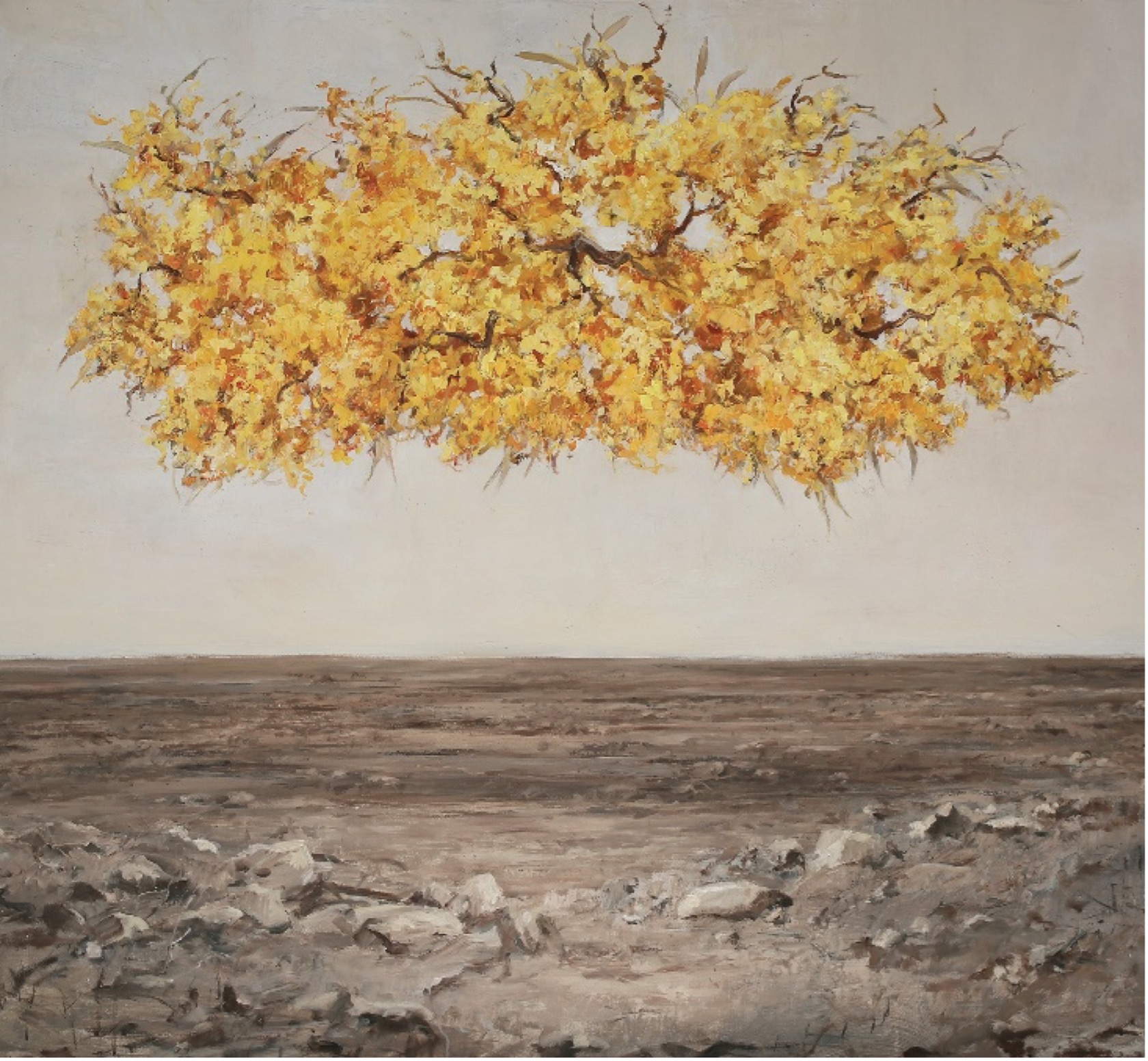Asbestos Diseases Society of Australia (ADSA) is spearheading a petition to State Parliament for permanent memorials to be erected in Perth and the Pilbara to honour the thousands of lives lost to the deadly asbestos disease.
It also wants the memorials to act as a deterrent to tourists who continue to visit Wittenoom and its spectacular gorges.
ADSA chief operating officer Melita Markey has raised the issue with Tourism, Culture and Arts Minister David Templeman and most recently with Stephen Dawson MLC. She suggested the memorials be incorporated into the Wittenoom Closure Bill which will be introduced into State Parliament later this year.
“We would love to get as many signatures as possible in the meantime and we believe that many readers of Have a Go News will be keen to support this petition,” Markey said. “We have 3500 signatures so far and want many more. We have been advised that the Bill covers removing the town of Wittenoom from the map.”
Wittenoom was a blue asbestos mining town in the Pilbara region. Despite health warnings as early as 1948, it continued to operate until 1966, killing thousands of workers, their families and town visitors. One visitor was State Minister Ernie Bridge MLA who died from mesothelioma which he contracted during his time dealing with the town’s closure.
Today, many people still succumb to the deadly asbestos dust from Wittenoom. The CSR Wittenoom mine and mill is the greatest example of workplace negligence in Australia and second in the world to date.
Alison Xamon MLC told State Parliament in 2018 that asbestos was used in WA since the 1920s, mainly in building and manufacturing. From 1943–1966 more than 20,000 people lived and worked at Wittenoom. The gorges had regular visitors and various school excursions; Hale School even had its own allotted camping area.
Apart from being mined, asbestos fibre was shipped off with not much care. It was loaded onto and off ships, exposing many workers at Port Samson and Fremantle to asbestos fibres.
“While we are very grateful for the CFMEU WA and Unions WA for allowing the memorial plaque in Solidarity Park, unveiled in 2018, our members and friends from Wittenoom have requested a permanent memorial. It will not just be for the workers but also for their children, families, visitors and local traditional owners of the land, many of whom have since lost their lives to deadly asbestos disease,” Markey said.
“Wittenoom cannot be accessed by road. For many this creates a situation where there is not a place of memorial to grieve lost ones. Apart from meeting with the State Government we will also be visiting the Shire of Ashburton and the traditional owners of the land to discuss the best way forward.
“We are looking at two memorials, one in Karijini National Park and the other in Perth, preferably in Kings Park. The artist Jen Senbergs made the painting the Blue Angel of Wittenoom which hangs in the National Gallery of Australia. He has donated the intellectual property to use the Blue Angel, a Wanjina spirit, in the picture. No artist has yet been chosen to create the works but we intend to use a local artist.
“Our idea is to sculpt the works in iron, they would be large with an area for reflection and a board of names which can be added to as sadly, this tragedy is Australia’s worst industrial disaster and just keeps on killing.
“Asbestos diseases develop over 20 to 60 years. Our office has seen sufferers aged in their 90s with mesothelioma. If an estimated 40,000 tourists were exposed by 1993, how many will it be by 2021? It is absolutely essential we have a memorial in Karijini National Park to not only remember those lost to the deadly disease but also as a deterrent to tourists still wanting to visit Wittenoom.”
Have a Go News readers wishing to sign the petition should go to www.change.org/WittenoomMemorial.



































